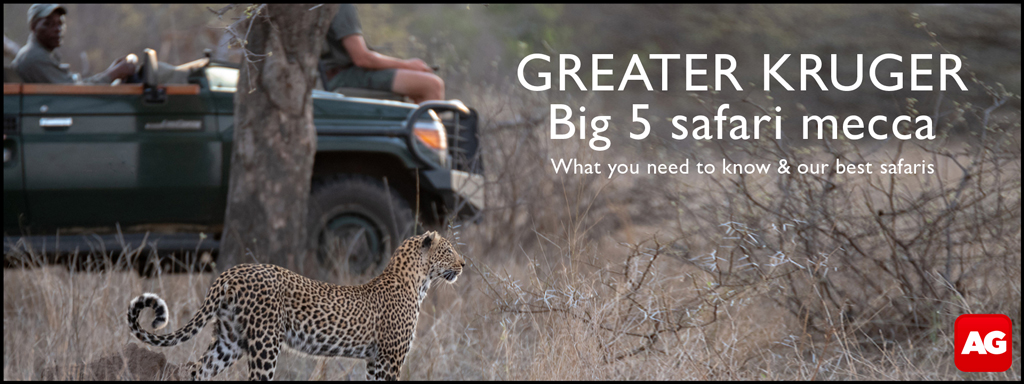
Information sourced from third-party sites: Endangered Wildlife Trust and Wildlife Act
In a monumental initiative driven by the South African Wild Dog Advisory Group (SAWAG), a founding pack of 15 African wild dogs has been translocated from KwaZulu-Natal, South Africa, to Mozambique for reintroduction into Gorongosa National Park, marking the return of this endangered species to the Park after an absence of more than 25 years, and signifying the first ever wild dog introduction into Mozambique.
With only around 6,600 wild dogs left in Africa, this incredible animal is one of the continent’s most at-risk carnivores, and is listed by the IUCN as Endangered. A key conservation strategy is the reintroduction of packs into viable habitats where they once occurred. And now wild dogs will again roam free in Gorongosa, thanks to an innovative and exciting cross border collaboration between wildlife NGOs and government agencies.

This is a landmark occasion, as wild dogs have never before been reintroduced into Mozambique. Wild dogs have disappeared from much of their former range in Mozambique (although there is a healthy population in Niassa National Reserve), and Gorongosa lost all of their wild dogs as a result of the 1977–1992 civil war.
Today, the 400,000 ha Gorongosa is Mozambique’s flagship natural area and lies at the heart of the work being undertaken by the government of Mozambique and the Carr Foundation to bring back to life a vast and diverse natural ecosystem over a 25-year period. Wildlife is now thriving in the park, with numbers of species and animals having made a strong comeback. With the abundance of herbivores, the natural next step is the return of large carnivores.
Nine male wild dogs from uMkhuze Game Reserve in KwaZulu-Natal (KZN) that naturally dispersed from their pack in late 2016, and six free-roaming female wild dogs from the region were earmarked for this reintroduction. The new pack spent bonding time at a boma at uPhongola Nature Reserve in KZN in South Africa before being flown to Gorongosa where they will spend six to eight weeks in a boma before being released. The KZN metapopulation of wild dogs is the largest outside of the Kruger National Park, and a vital resource for redistribution to their former range.
The following entities collaborated to make this innovative relocation happen:
Ezemvelo KZN Wildlife, Wildlife Act, Endangered Wildlife Trust, South African Wild Dog Advisory Group, and Gorongosa National Park.
Read more about wild dog meta-population management in South Africa in this online magazine feature.

To comment on this story: Login (or sign up) to our app here - it's a troll-free safe place 🙂.![]()








